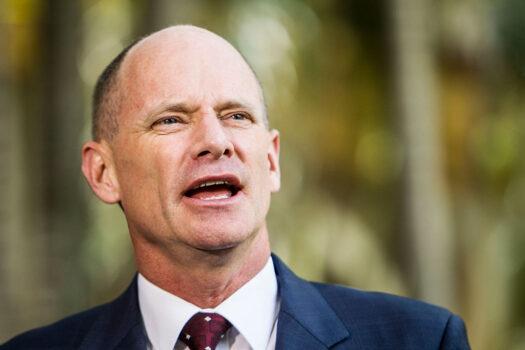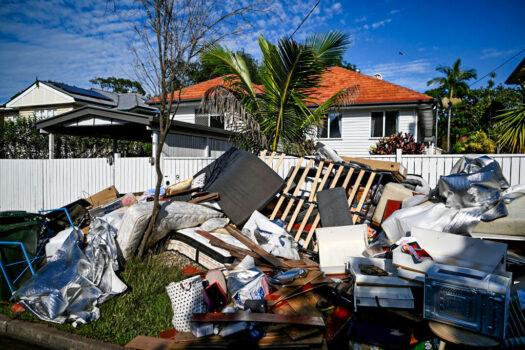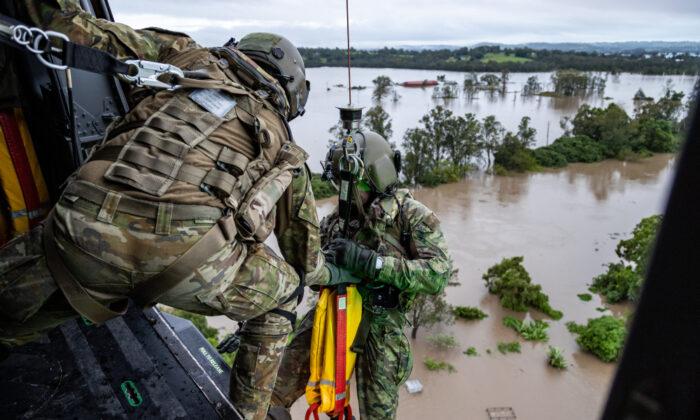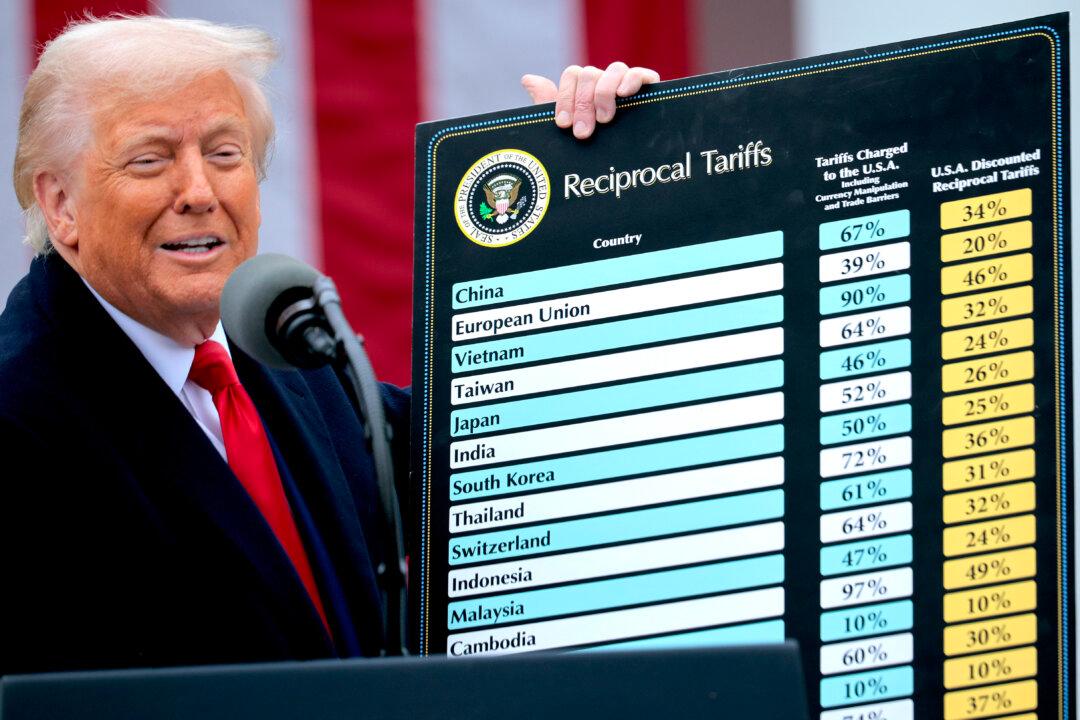Thousands of homes could have been saved from major floods that swept through Queensland, Australia, in early March had the government acted on a 2014 report to build additional defences against flooding.
Campbell Newman, former premier of Queensland, commissioned the report and had planned for further feasibility studies into construction work before losing the 2015 election.

The incoming Labor Party government then shelved the report and is now investigating new options to upgrade the existing Somerset and Wivenhoe Dams (major water supplies to the Greater Brisbane area), which must be completed by October 2035.
In the 2014 plan, three major proposals were put forward that could have protected more than 8,000 properties, including increasing the storage capacity of Wivenhoe by raising its height by four metres and building a new dam upstream near Linville in the north.
A third proposal was to build an extra dam on lower Warrill Creek, southwest of Ipswich, to prevent flooding through the creek network and provide extra mitigation below Wivenhoe.
“Analysis indicates that with appropriate infrastructure in place, potentially 8,000–10,000 fewer buildings would be inundated in Brisbane and Ipswich in a reoccurrence of any of the three largest historical Brisbane River dominated floods when compared to the current situation,” the report reads.
“I'd like to see it built,” Newman, now a Senate candidate for the Liberal Democrats, told The Epoch Times. “In the last week or two, I’ve been pointing out that the state government under [Annastacia] Palaszczuk completely shelved the thing for whatever reason and started again.”
He also questioned why the state opposition leader, David Crisafulli, hadn’t put pressure on the government over its inaction around building flood mitigation.
“They’re across this stuff. Why didn’t they pursue it? Why haven’t they held the government to account?” Newman said.

“We’re happy to spend money on the Olympics. We’re happy to spend money on stadiums; we’re happy to waste money in all sorts of ways. But surely, it’s fundamental that we try and mitigate the impacts of these terrible floods on the state’s capital city.”
Newman said it was difficult to approve new dams because of the high number of environmental activists “embedded” in state government departments and because political leaders were caught “living the media circle.”
The Epoch Times contacted the Queensland premier’s office, but didn’t receive a response by press time.
Queensland’s Labor Treasurer Cameron Dick is now calling for the federal government to commit to a 50–50 funding plan to retrofit, raise, or sell 500 of the worst-hit homes—a plan slated to cost AU$771 million.
“I want to know what we’re going to do for families who live in Rocklea and Goodna. They don’t live in Liberal-National (Coalition) seats on the Sunshine Coast, but their homes have been wiped out twice in 10 years,” Dick told reporters on March 28. “We need to do better as a state in a nation, and I’m sick of [Prime Minister] Scott Morrison making these announcements that are off for five or 10 years when we need action today.”
However, Newman disagreed, noting that there were more major floods in Brisbane in its first 100 years of settlement (beginning 1823) compared to the second 100 years.
“It also tells me that we will get more floods, that these floods are not unusual and that they can happen,” he said. “We can actually take action and with the will, the dollars, and steel and concrete—we can’t make Brisbane flood-proof—but we can actually protect a lot more homes.”





